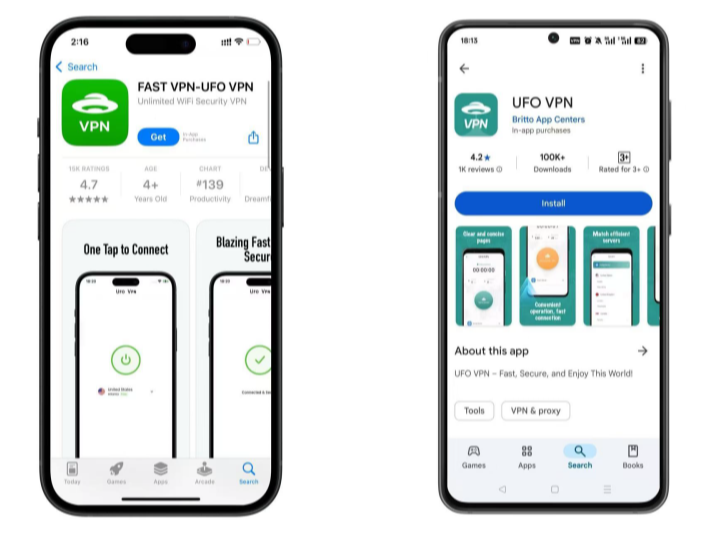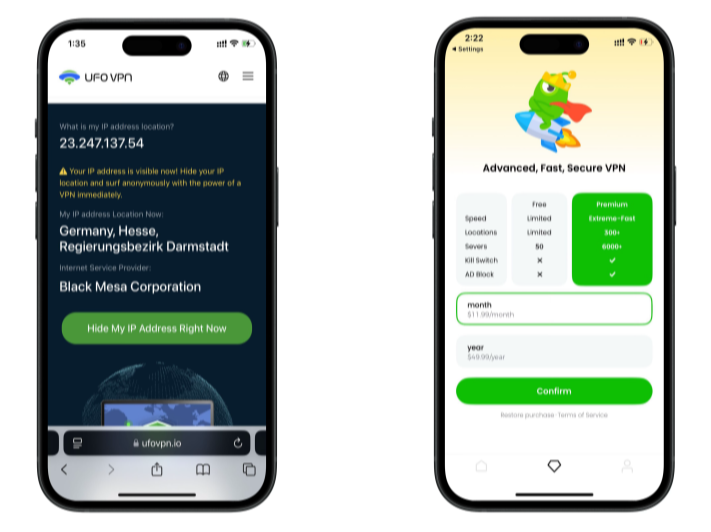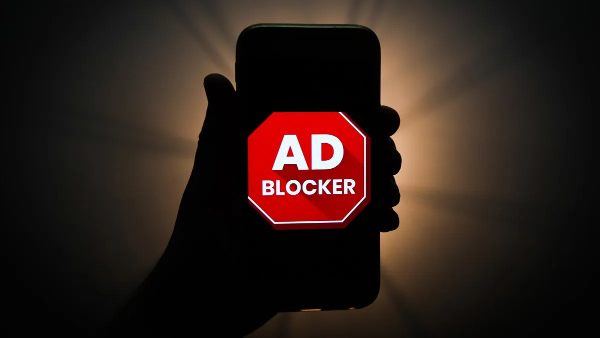What Is Bluejacking?

Bluejacking is the act of sending unsolicited messages to Bluetooth-enabled devices. Unlike malware, Bluejacking does not steal data but can be used to annoy users, spread phishing links, or create security vulnerabilities if combined with other exploits.
Key characteristics:
- Uses Bluetooth to send messages to nearby devices.
- Requires the sender to be within Bluetooth range (typically 10 meters / 33 feet).
- Often harmless in itself but can serve as a gateway to more serious attacks if device security is weak.
How Does Bluejacking Work?
Bluejacking exploits the Bluetooth discovery feature on devices. The attacker sends a vCard or text message to a nearby device that has Bluetooth enabled and visible.
Steps typically include:
- Scanning for nearby devices 📡
- Sending a vCard or message to an available device
- Message displayed on the recipient’s screen without explicit consent
While most messages are harmless pranks, attackers may use similar techniques in combination with malware or phishing attempts, especially if users click on suspicious links.
Real-Life Examples of Bluejacking
- Conference or public spaces prank: An attendee receives a message like “You’re being watched 👀” from an unknown device.
- Marketing campaigns: Companies have experimented with sending promotional messages to nearby devices via Bluetooth.
- Malicious intent: In rare cases, Bluejacking has been used to lure users to malicious websites or trick them into installing harmful apps.
These examples highlight why even seemingly harmless Bluejacking can become a concern if users are unaware of the risks.
Bluejacking in Cyber Security
In cybersecurity, Bluejacking is considered a low-severity threat compared to attacks like Bluesnarfing or Bluebugging. However, it can be a vector for social engineering attacks or combined with malware to gain access to sensitive information. Security experts recommend treating all unsolicited Bluetooth messages cautiously and limiting device visibility in public spaces.
Although Bluejacking is considered low-severity, it can be a stepping stone for phishing attacks or malware downloads. Tools like free proxy VPN 🌐 encrypt your online activity, reducing the risk that attackers can exploit your network for follow-up attacks.
Bluejacking vs Bluesnarfing vs Bluebugging
What is Bluesnarfing
Bluesnarfing is a more dangerous attack where an attacker steals data from a Bluetooth-enabled device, including contacts, emails, or messages, without user consent.
What is Bluebugging
Bluebugging allows attackers to gain remote control over a device. This can include making calls, sending messages, or even accessing sensitive information, representing a high-severity security threat.
Comparison Table: Severity and Techniques
| Threat | Severity | Technique / Risk |
| Bluejacking | Low |
Unsolicited messages; no data theft |
| Bluesnarfing | Medium-High | Unauthorized data access (contacts, emails) |
| Bluebugging | High |
Full device control, including calls & messages |
How to Prevent Bluejacking Attacks
Disable Bluetooth Discovery When Not in Use
Keep your device invisible to unknown devices when you’re not actively using Bluetooth. This simple step significantly reduces the risk of unsolicited messages. On most devices, you can switch Bluetooth visibility to “hidden” or “non-discoverable.” This is especially important in public spaces like airports, cafes, or conferences, where attackers may try to send messages to multiple nearby devices.
Reject Pairing Requests from Unknown Devices
Always verify pairing requests before accepting them. Only accept connections from trusted devices, and decline any unsolicited requests. Attackers sometimes use fake device names to trick users into connecting. If you notice repeated suspicious requests, temporarily disable Bluetooth until you can identify the source.
Keep Your Device's OS Updated
Operating system updates often include security patches that fix vulnerabilities in Bluetooth protocols. Keeping your OS up to date reduces the risk not only of Bluejacking but also Bluesnarfing and Bluebugging attacks. Many updates also improve encryption standards for Bluetooth communication. Additionally, updating apps and firmware on Bluetooth-enabled devices (like headphones, smartwatches, and IoT gadgets) ensures all components are protected.
Use Bluetooth Security Features
Enable built-in security features such as PIN codes, authentication requirements, or pairing confirmations for new devices. On some devices, you can also set a trusted device list, which only allows recognized devices to connect. These measures make it much harder for attackers to send unsolicited messages or gain unauthorized access.
Practice General Cyber Awareness
- Avoid clicking on unknown links or opening files sent via Bluetooth.
- Be cautious when receiving messages from unknown devices in crowded public areas.
- Combine Bluetooth precautions with broader network security measures. For example, using UFO VPN 🌐 encrypts your online activity, protecting sensitive data from potential social engineering attacks or phishing attempts that may follow a Bluejacking incident.
- Educate family members, especially children and teens, about the risks of connecting to unknown devices.
With 3000+ server in over 100 countries, UFO VPN is open to download as a free iPhone VPN, free Android VPN(with VPN APK), free Windows VPN and free Mac VPN. Install the app and sign up or log in.

Open the app, choose a free server locationwhere your desired streaming/gaming/browsing platform is available.
We recommend free USA VPN, free UK VPN and free Australia VPN.

Pro Tip
UFO VPN is compatible with popular platforms in gaming and streaming as CODM VPN, PUBG VPN, Netflix VPN and more!
After connecting, visit What is My IP tool to see your current location and ensure your real IP is visible.

With all set, visit your favorite platform and start browsing without geo-blocks or buffering!

Conclusion
Bluejacking is a relatively low-risk threat but still a security concern, particularly in crowded public spaces or when combined with other Bluetooth exploits. Understanding the difference between Bluejacking, Bluesnarfing, and Bluebugging helps users gauge the severity of threats.
By following best practices — disabling Bluetooth when not in use, rejecting unknown pairing requests, keeping your OS updated, using built-in Bluetooth security, and employing UFO VPN 🌐 for encrypted online activity — you can enjoy wireless convenience safely.
FAQs
Q1: Can Bluejacking steal my personal data?
No, Bluejacking itself only sends messages. However, it can be combined with other attacks like Bluesnarfing to compromise data.
Q2: How close do attackers need to be for Bluejacking?
Typically within 10 meters (33 feet), as it relies on Bluetooth range.
Q3: Can UFO VPN protect me from Bluejacking?
While VPNs do not prevent Bluetooth messages, UFO VPN 🌐 encrypts your network activity, protecting sensitive data and mitigating social engineering risks linked to online activity after a Bluejacking attempt.
Q4: How do I know if my device is vulnerable?
Check Bluetooth settings, ensure the device is not set to discoverable unnecessarily, and keep your OS updated.
Q5: Is Bluejacking illegal?
It depends on intent and jurisdiction. Harmless pranks are usually not illegal, but using Bluejacking for harassment, phishing, or data theft can lead to legal consequences.








